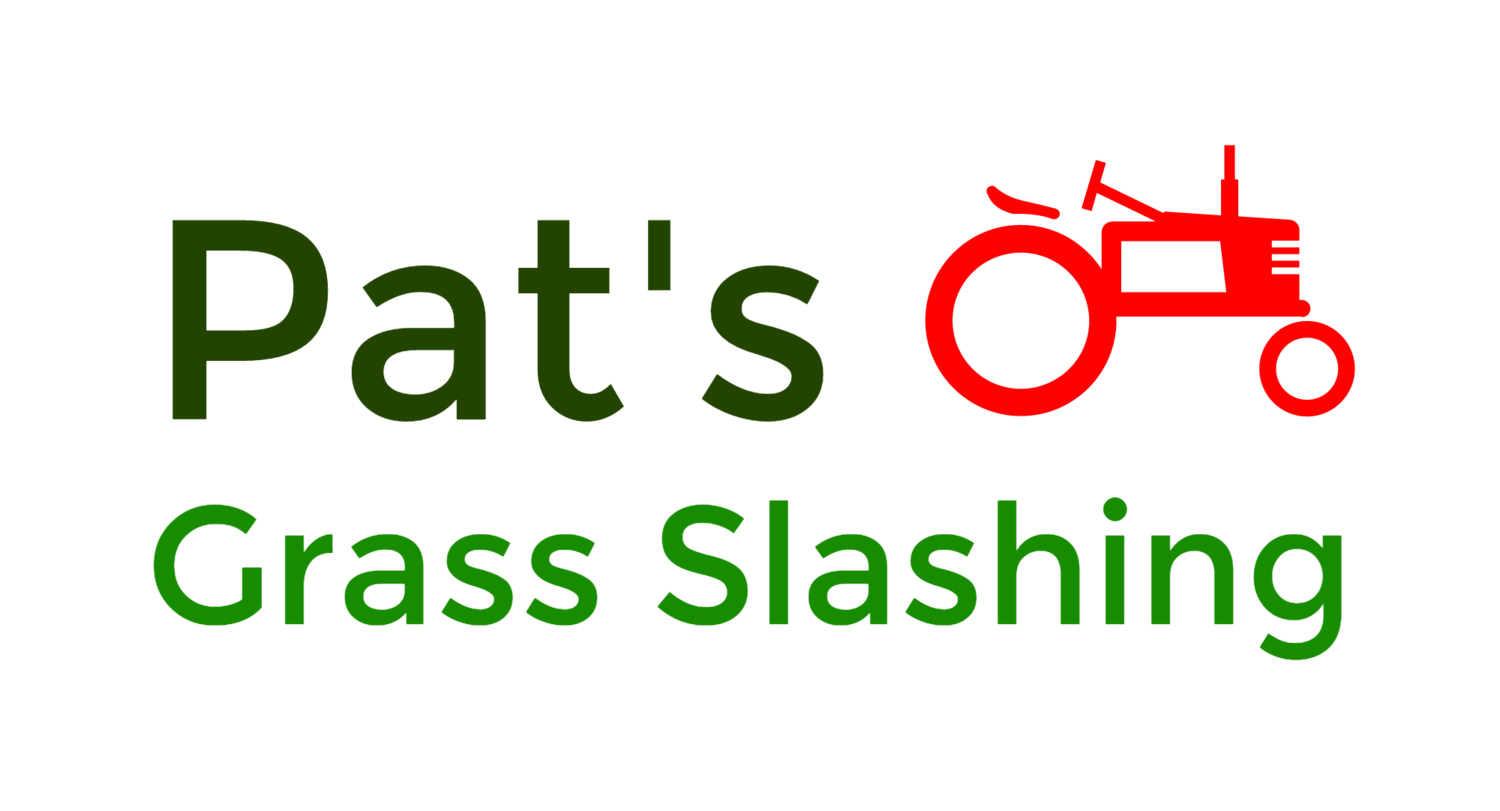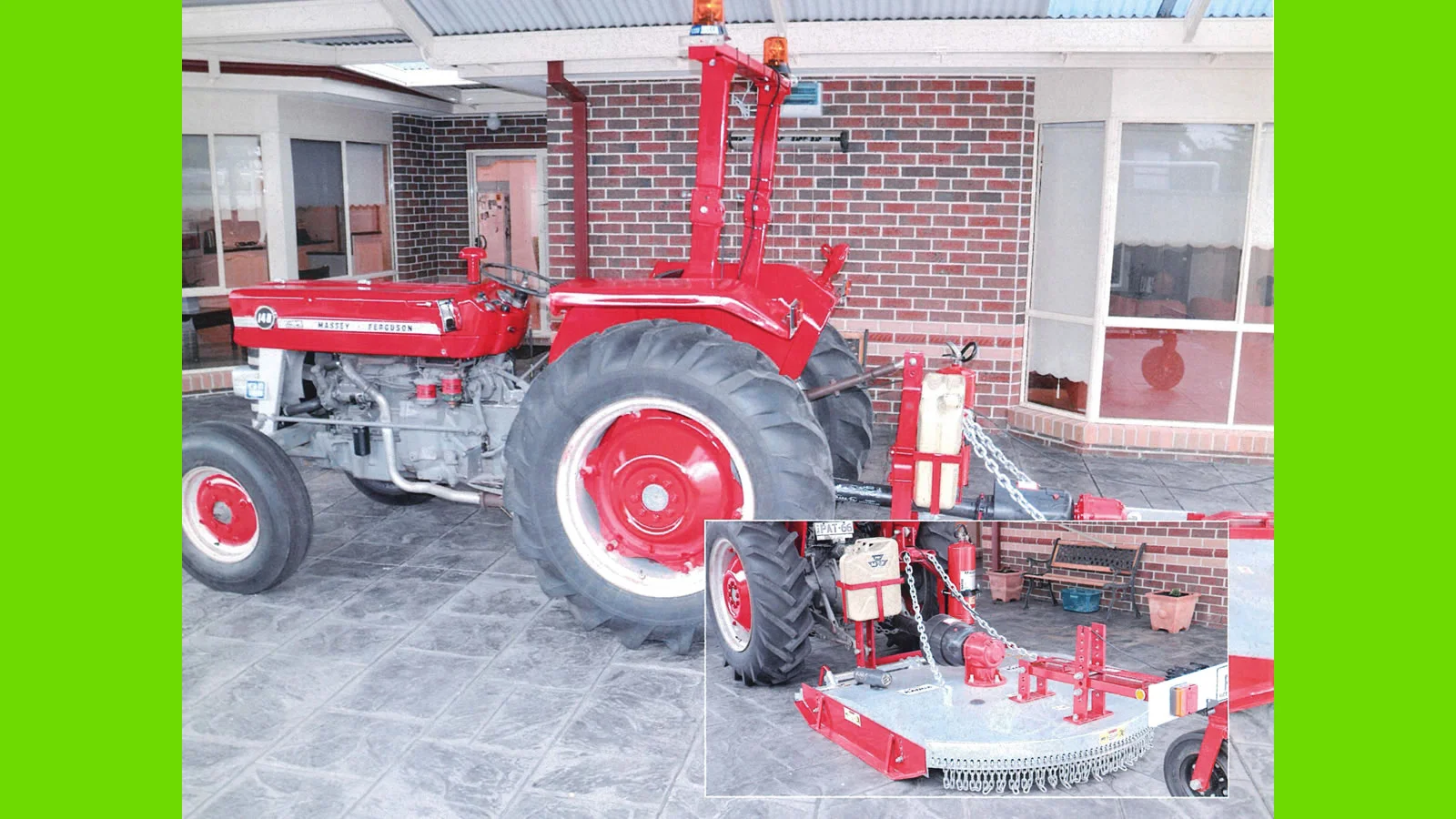Listed below are some of the factors Municipal Fire Prevention Officers take into account when inspecting land for fire hazards. This information will assist you to ensure you keep your property in a ‘Fire Ready’ condition.
Fire prevention notices are issued to protect life and property from the threat of fire.
- Fine Fuels: are considered flammable materials that are less than 6 mm in diameter. These fine fuels include grass, leaves, bark and twigs that ignite readily and can burn readily when dry.
- Slope: is important to fire spread, a bushfire will double its speed up a hill for every 10 degrees of slope.
- Defendable Space: is an area surrounding a building or asset that is free (or has significantly reduced) continuous combustible vegetation or other fuels. Officers look to ensure properties are in a condition that has acceptable defendable space around assets, particularly in high bushfire risk locations.
- Access and Egress: is important to ensure emergency services can safely enter your property, in most cases the Shire expects a clear area of four metres both horizontally and vertically into a property. It is also critically important to number your property!
- Vegetation: The type, quantity, and quality of vegetation are important but all vegetation types can burn under the right conditions. This includes indigenous, native plants and weed species.
- High and Dry Grass: is considered a high fire risk by officers and ensuring grass is slashed and kept below 100mm in height, particularly during the fire danger period is very important.
- Ladder Fuels: provide vertical continuity between the ground and the tops of trees. Reducing ladder fuels reduces the risk of a fire being able to carry into the tree canopy and becoming a crown fire.

